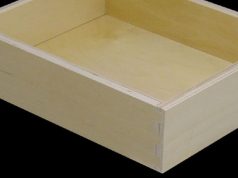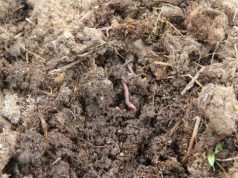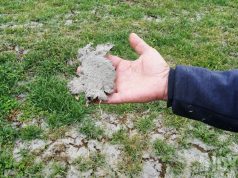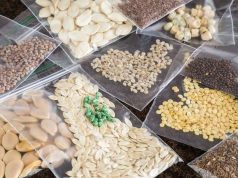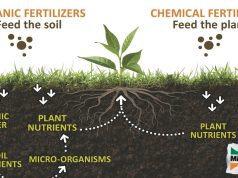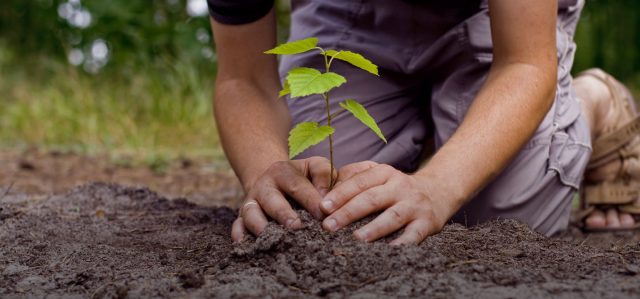
For most new gardeners, it might be for the best to start with transplants instead of growing vegetables from seeds, as this can be quite challenging. According to Annie Spiegelman, author of Talking Dirt: The Dirt Diva’s Down-to-Earth Guide to Organic Gardening, “If you’re a first-time gardener, I suggest you plant transplants — also known as seedlings — first, and don’t start with seeds. Seeds can be a little trickier and they need to be babied, so if you’re a busy bee, stick with seedlings first.”
And Annie Spiegelman is not the only one who thinks so – Christy Wilhelmi of Los Angeles-based Gardenerd.com completely agrees, saying that “It saves about six to eight weeks of time and skips over that period of time when plants are most vulnerable.”
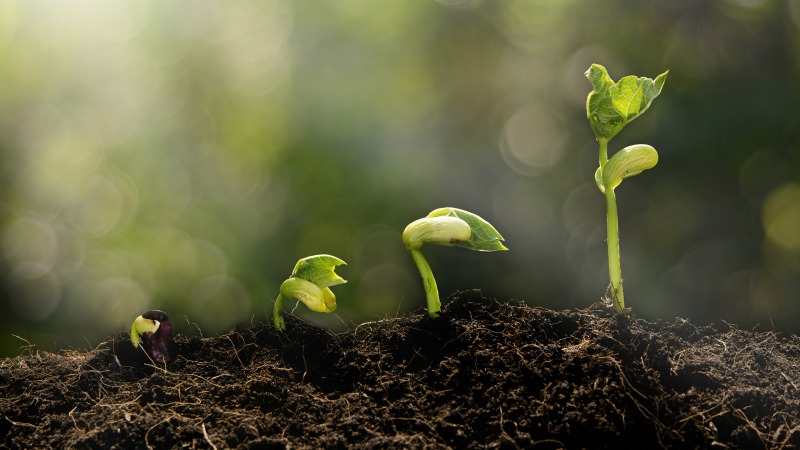
Not only will growing transplants save you time, but it will also lengthen your vegetable plant harvest season. Master Gardener Nancy Bottomley explains this: “By putting in new transplants every couple of weeks and planning your garden space accordingly, you always will have fresh produce throughout the season because, together, some of the plants in your garden will always be in the peak of their life cycle. You are likely to enjoy fresh vegetables earlier in the season and for a steady amount of time.”
Buying vegetable plants
When it comes to choosing transplants, Wilhelmi suggests that it would be best to opt for organic and stocky vegetable plants with strong stems. She says: “The whole point of buying a transplant is to get a head start, so buying the Charlie Brown Christmas tree won’t accomplish that. Also, buy vegetable transplants that don’t have flowers or fruit on them. Plants that already have fruit are focusing their energy on fruit production, not root production. You want to put a plant in the ground that starts seeding out strong roots. If you buy a plant with fruit or flowers, prune them off first to allow for strong root development.”
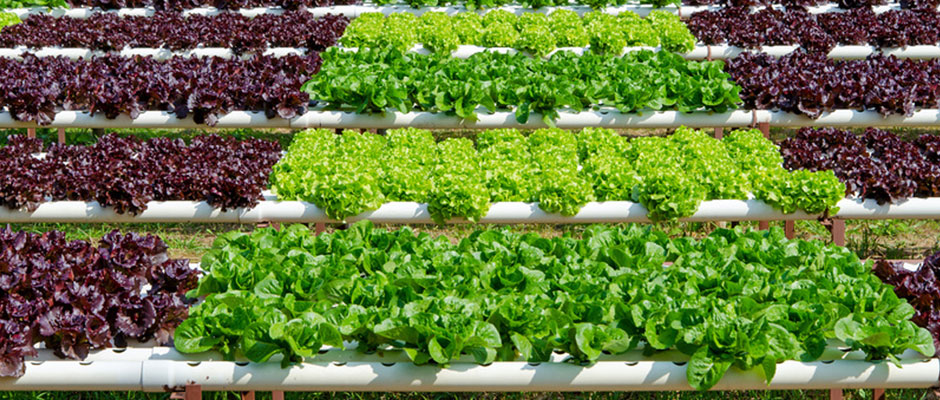
Furthermore, Katie Boeh of Victory Garden Farms warns that you need to be careful with out-of-season plants. “Sometimes nurseries will tempt you with plants that are slightly out of season, but planting out-of-season varieties will result in weak plants vulnerable to pests and diseases.” So, don’t just rush into anything. She also adds that “it can be tempting to pick the biggest plant that you see, but often the size of the plant is directly related to how long it has been in the pot.”
You don’t want o get stuck with a plant that has been growing in the pot for too long as, according to Boeh, “Once a plant is stressed, it might never recover; at best it will probably be an uphill battle. Avoid plants that look overly big for their pots, and check that roots are not emerging from the bottom or bulging from the sides of the pot.”
Planting vegetable transplants
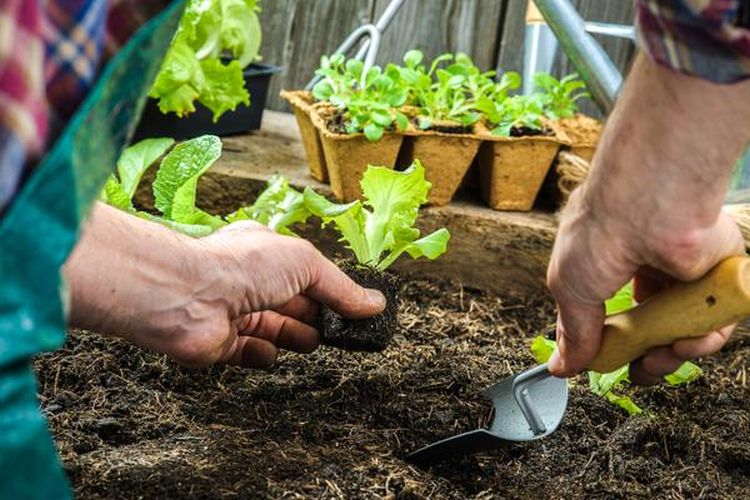
Needless to say, in addition to choosing the right seedlings, it is also of utmost importance to plant them correctly. Spiegelman advises to first submerge each transplant in a bucket of water and wait for the air bubbles to stop. Then, you should squeeze the pot so as to loosen the root ball. Once you do that, it’s time to slide your fingers on either side of the stem, and then flip out the plant into your hand. When it comes to watering seedlings, Spiegelman says that you should do so immediately since that “helps reduce transplant shock and provides a broad spectrum of nutrients to the plant. She also adds to “let the watering settle the soil rather than compressing it too firmly. You can add more soil as it sinks.”
After the transplanting part is done, don’t forget to “keep an eye out for pests that like the chew on new seedlings.” She also warns that snails and slug “love toy chew on baby plants.” To keep your vegetable plants safe, you might want to consider buying a row cover — a light cloth that protects crops from sun, frost, and bugs.Finally, Jos Zamzow, a Master Gardener, reminds that “Plants can get sunburned.” To avoid that, he suggests the following: “When you are transplanting tomatoes or peppers, put up a shingle or piece of wood to shade them for a day or two. Just as people without a suntan cannot withstand suddenly spending 10 hours on the beach, neither can plants withstand a sudden change in sunlight. Even if the temperature is only 65 degrees Fahrenheit, the plants are not ready for it.”
So, keep these useful pieces of advice in mind and you’ve got nothing to worry about. Good luck!


